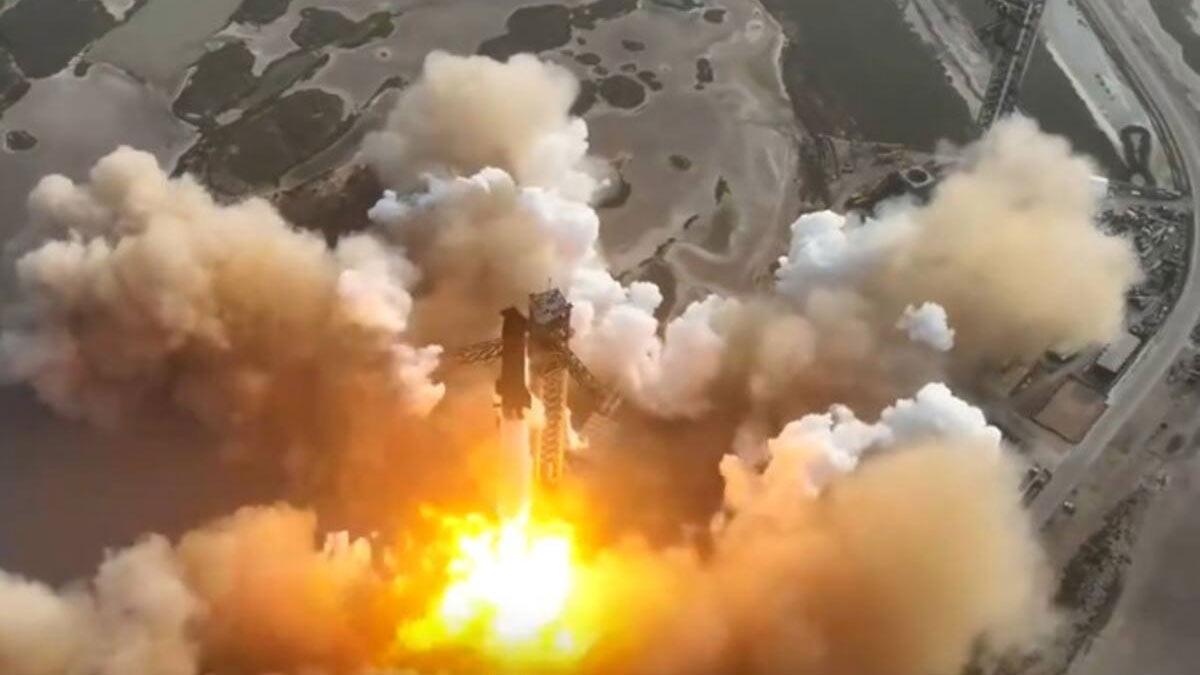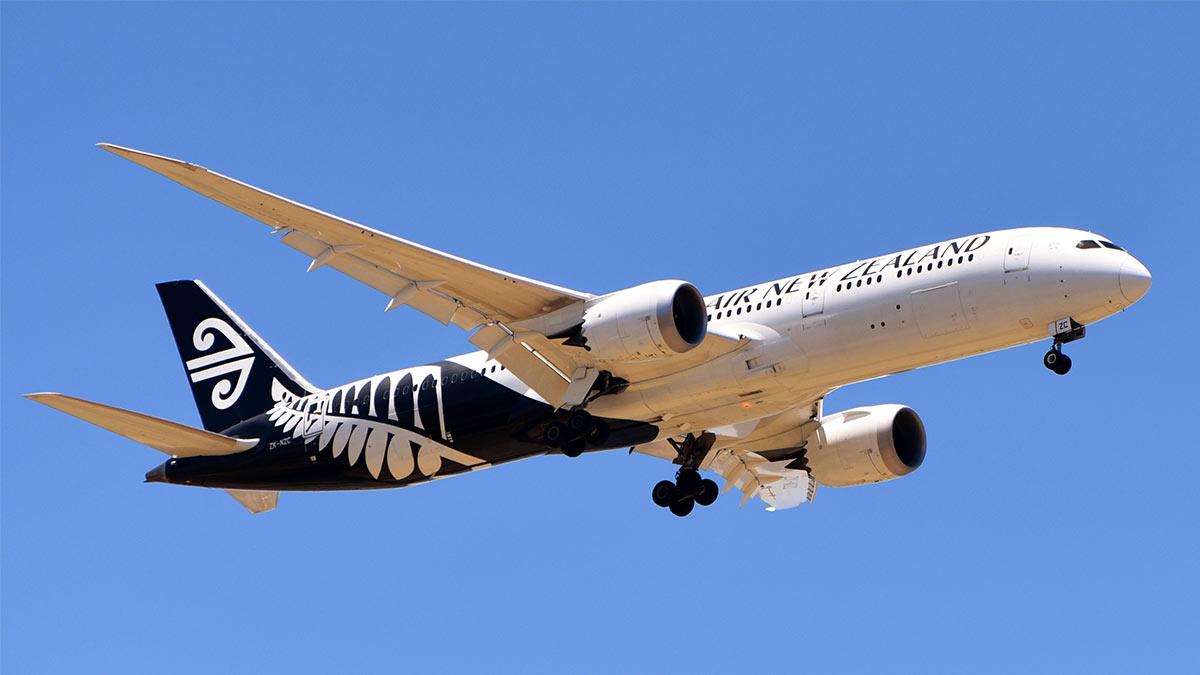SpaceX's Starship had another spectacular failure in its ninth test flight on Wednesday, which ended with an explosion in the splashdown.
In spite of the failure, company founder Elon Musk blamed the accident on fuel leaks that compromised the performance of the spacecraft.
This is the third straight test flight in which the Starship has faced serious problems. The seventh and eighth test flights of the vehicle — performed in January and March respectively — also ended with the vehicle destroyed during mid-air.
The most recent mission was deployed at around 7:36 p.m. EDT (5:06 a.m. IST) from SpaceX's Starbase facility in Texas. The spacecraft did achieve orbit, going beyond the distance obtained in its two previous attempts.
Nonetheless, the mission was not smooth. There was a failure in the mechanism of the payload bay, which prevented the deployment of dummy Starlink satellites, and roughly 30 minutes after the flight, SpaceX announced that there was a leak in a fuel tank on the vehicle.
Apart from that failure, the Super Heavy booster — part of the rocket's mighty first stage — also detonated at the time of splashdown. Live video captured the upper stage wobbling out of control before trying to re-enter Earth's atmosphere due to the fuel leak problems.
"Leaks caused loss of main tank pressure during the coast and re-entry phase," Musk clarified on his platform, X.
As per a SpaceX release, "Contact with the booster was lost shortly after the commencement of the landing burn when it suffered a rapid unscheduled disassembly about 6 minutes after liftoff, ending the first reflight of a Super Heavy booster."
Nevertheless, Musk highlighted the achievement in this flight, stating that the rocket achieved a significant milestone without facing damage to its shielding systems.
Starship did make it to the planned ship engine cutoff, so huge upgrade over previous flight! And no major loss of heat shield tiles on ascent. Lots of great data to go over," Musk tweeted.
The company said in a confirmation that it is still reviewing flight data and preparing for upcoming tests.
"SpaceX will continue data review and move toward our next flight test," the company said.
At 403 feet (123 meters) tall, Starship and its Super Heavy booster are the tallest and most capable rocket ever built. The new launch system is going to carry NASA's lunar lander for the Artemis 3 mission, which aims to return astronauts to the Moon by 2026.
Read also| Bangladesh Erupts in Protest After Islamist Leader Acquitted of Liberation War Crimes
Read also| Bengaluru Recognized as Global Tech Powerhouse, Rivals San Francisco and Tokyo


















